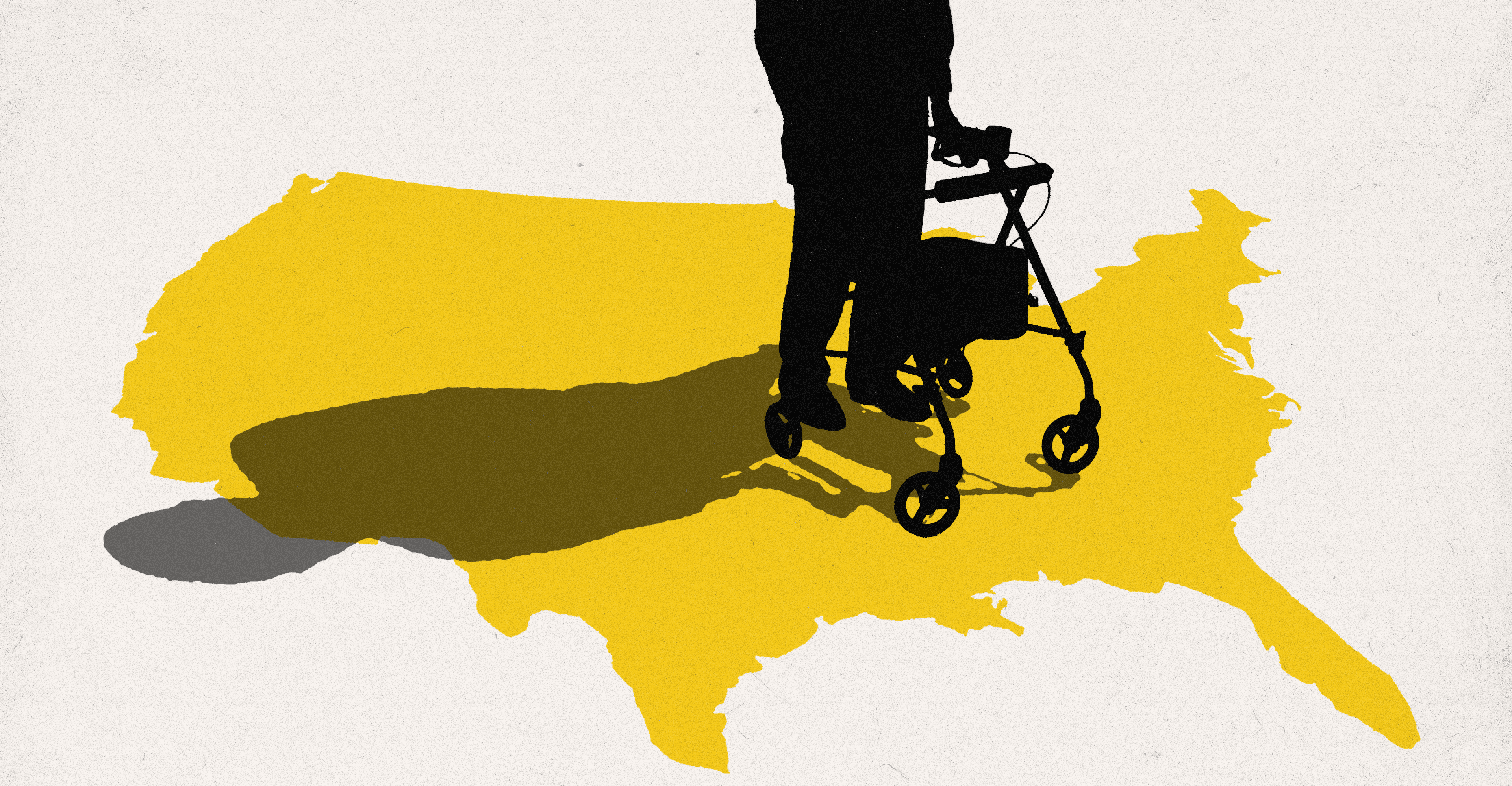California is notoriously dry this time of year. Yet, over the course of a single day this weekend, some desert areas were hit with more than a year’s worth of rainfall.
- Home
- Technology
- News
Should California expect more tropical storms like Hurricane Hilary?
A rare tropical storm pummeled California with heavy rain. Even though Hurricane Hilary was unusual, experts say it’s a good idea to be prepared for more flooding in the notoriously dry state.


Hurricane Hilary threw California into a state of emergency after more than 80 years without a tropical storm making landfall there. This kind of storm is unusual for California, and it will probably remain a rare occurrence. Even so, strange and extreme weather is a hallmark of climate change. And experts say it could have more curveballs in store that the state should be preparing for.
“There probably will not be a whole lot more [hurricanes that move into the southwestern US] in the future. But when they do happen, they’ll be much more like Hilary,” says David Easterling, chief of the Climate Assessments Section and director of the National Climate Assessment Technical Support Unit at NOAA’s National Centers for Environmental Information.
“When they do happen, they’ll be much more like Hilary.”
Hilary strengthened into a Category 4 hurricane over the Pacific but weakened into a tropical storm before making landfall on Mexico’s Baja California peninsula on Sunday and then barreling northward into the Southwestern US.
At least one death has been recorded in Mexico after a vehicle was swept away by water. The storm triggered the first tropical storm warning for California, which experienced the worst of its deluge on Sunday. The aftermath is still coming to light. But the worst hit areas got upwards of 11 inches of rain, recorded on Mount San Jacinto and at Raywood Flat east of Los Angeles. “Reports thus far indicate that as of right now, there have not been any deaths or significant risk of injury,” Los Angeles Mayor Karen Bass said at a press conference held at 8AM local time.
The remnants of that storm are moving across Nevada today, where the Las Vegas Valley Water District issued a boil water order for some residents because of flooding.
Cooler waters in the Pacific generally make it harder for strong hurricanes to hit the West Coast since tropical storms draw heat energy from warm waters. When storms do take shape, they usually travel west — away from California and closer to Hawaii. Hurricane Hilary was able to gather increased strength from higher ocean temperatures, primarily the result of greenhouse gas emissions from fossil fuels building up in the atmosphere and heating the planet.
That’s why tropical storms like Hilary, even if they don’t become more frequent, could pack a bigger punch than they used to. “When those storms do occur because the ocean temperatures are getting warmer, they are going to produce more rain and stronger winds,” Easterling says.
The other thing to keep in mind is that places unaccustomed to tropical storms are usually less prepared when they do arrive. Even though a tropical storm that hits California might be weaker than storms that frequently roll through Gulf Coast communities, the lack of preparation can lead to outsize impact. If there aren’t proper building codes or if there’s been a lot of development in flood-prone areas, for example, then risks could be greater.
“The impact of those storms depends to a large extent on the capacity that a community has to withstand those [events],” says Gonzalo Pita, an associate scientist at John Hopkins Whiting School of Engineering and director of the MSE in Systems Engineering whose research focuses on disaster risk.
It’s worth preparing for storms even if they’re infrequent, Pita says. “It’s a spectrum of actions that need to be done in time, not just in desperation right now. We need to plan in advance.”
That kind of preparation comes in handy for more than just tropical storms. California also faces rising flood risk from atmospheric river storms. Those storms are caused by rivers of water vapor high up in the sky and caused catastrophic flooding last winter that wiped out many Central and Northern California farming communities. Multiple types of disasters might be piling up in California, but thinking about them in concert can help the state adapt to whatever surprises climate change might bring on next.
Trump says to make phone call to stop Thai-Cambodia fighting
- 16 گھنٹے قبل
QB Philip Rivers, 44, unretiring to sign with COLTS...
- 2 گھنٹے قبل

How the Supreme Court is using Trump to grab more power for itself
- ایک دن قبل

Trump’s war crimes scandal, briefly explained
- 36 منٹ قبل
Shah Mahmood Qureshi discharged from hospital, shifted to jail
- 16 گھنٹے قبل

There is a real chance of a US-Venezuela war — so why does it feel fake?
- 36 منٹ قبل

Another milestone: PSX surpasses 170,000 points
- 16 گھنٹے قبل
Pakistan to launch satellite internet soon: IT Minister
- 10 گھنٹے قبل

Older voters are gaining power. Young people are paying the price.
- 37 منٹ قبل

We don't strike our enemy from hiding, we confront and vanquish them openly: Asim Munir
- 12 گھنٹے قبل
Trump says to make phone call to stop Thai-Cambodia fighting
- 16 گھنٹے قبل

Betting scandals broke sports. Could prediction markets do the same to politics?
- ایک دن قبل









